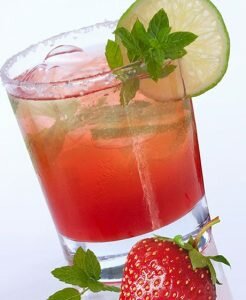 Looking for something different to drink this summer…try our some traditional fermented beverages…Enjoy!
Looking for something different to drink this summer…try our some traditional fermented beverages…Enjoy!
Traditional Lactose-Fermented Beverages…
Bouza (Egypt): An opaque drink made of wheat, water, and sourdough yeast starter..
Gv-No-He-Nv (Cherokee, Native American): A thick, milky drink with the sweet flavors of corn accented by a mild sourness.
T’ej (Ethiopian): A simple honey type wine/mead.
Braga (Middle Europe): A fermented gruel or sour porridge.
Chicha (South America): A clear, bubbly beverage made with corn. Balls of cooked corn mush are chewed and inoculated with saliva, then added to water and allowed to ferment. The taste is similar to kombucha.
Kiesel (Russia and Poland): An important grain-based lacto-fermented drink.
Kvass (Russia and Ukraine): A lacto-fermented drink usually made from stale rye bread. Another version is made with beets.
Mead (Europe): Made from honey, water, and wild yeast. Some methods produced a lacto-fermented drink, very low in alcohol or bottled and aged for more alcohol content.
Munkoyo (Africa): A low alcohol lacto-fermented brew made from millet or sorghum. Also called sorghum beer, consumed in large quantities by field workers and at celebrations. Given to babies to protect them against infection and diarrhea. The missionaries to Africa discouraged its use because it contains alcohol in very small amounts.
Tesguino (Mexico): A low-alcohol beer made with sprouted corn.
Chicha (Andean, Peru): Chewed corn beer having a light, delicious corn flavor.
Pulque (Mexico): A lacto-fermented drink made from the juice of the agavé cactus. With time, it goes alcoholic.
Palm Wine (Africa): The lacto-fermented sap of the palm tree, consumed in tropical areas of Africa and Asia.
Rice Beers (Asia and India): These were traditionally very low in alcohol, and mostly lactose-fermented. In Japan, koji rice mold is used for making sake, amasaké, and simple grog’s.
